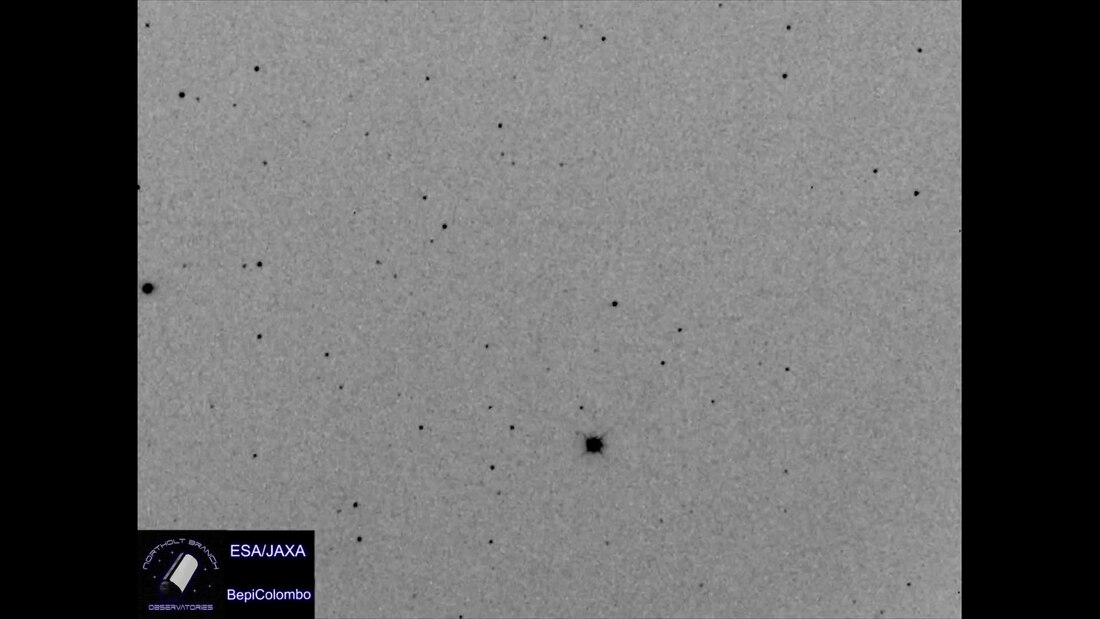Top Qs
Timeline
Chat
Perspective
INSAT-2D
Indian geostationary communications satellite From Wikipedia, the free encyclopedia
Remove ads
INSAT-2D was an Indian communications satellite. Launched on 4 June 1997, and similar to INSAT-2C, INSAT-2D went out of order on October 4, 1997, because of a power inconsistency problem and was later replaced by INSAT-2DT, an in-orbit satellite which was previously known as ARABSAT-1C. The main aim of the satellite was improved communication.[1][2] In the INSAT-2 (Indian National Satellite System) series, INSAT-2D was the fourth consecutive communication satellite. The satellite was launched using an Ariane 4 rocket from French Guiana.[2]
The satellite was placed into geostationary orbit at an inclination of 93.5 degrees east.[3] INSAT-2D's lift-off mass was 2,079 kg (4,583 lb) with propellants of which 995 kg (2,194 lb) were the dry weight.[1] The satellite was expected to have a nominal lifespan of around 7–9 years.[4][3] But it became inoperable just four months later on 4 October 1997, due to a power bus anomaly and associated problems, most likely a short circuit.[5] The onboard power of the satellite was estimated to be 1,650 watts.[1]
Its communication payload consisted of 16C-band transponders (extended C-band, for fixed-satellite service), two high-power C-band transponders (for broadcasting-satellite service, BSS), one S-band transponder (for BSS), one C/S-band mobile communication transponder, and three Ku-band transponders.[1][2][3][4]
Remove ads
References
Wikiwand - on
Seamless Wikipedia browsing. On steroids.
Remove ads
